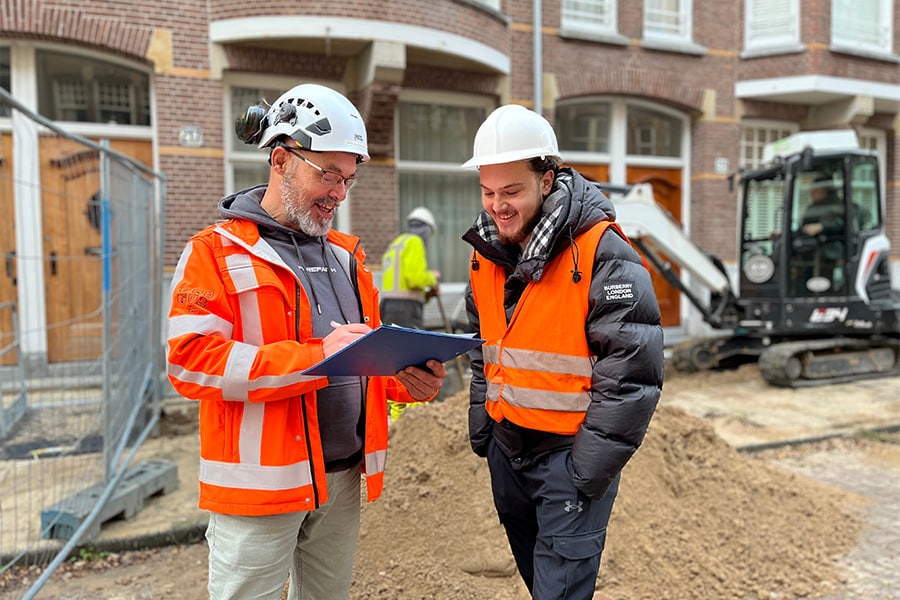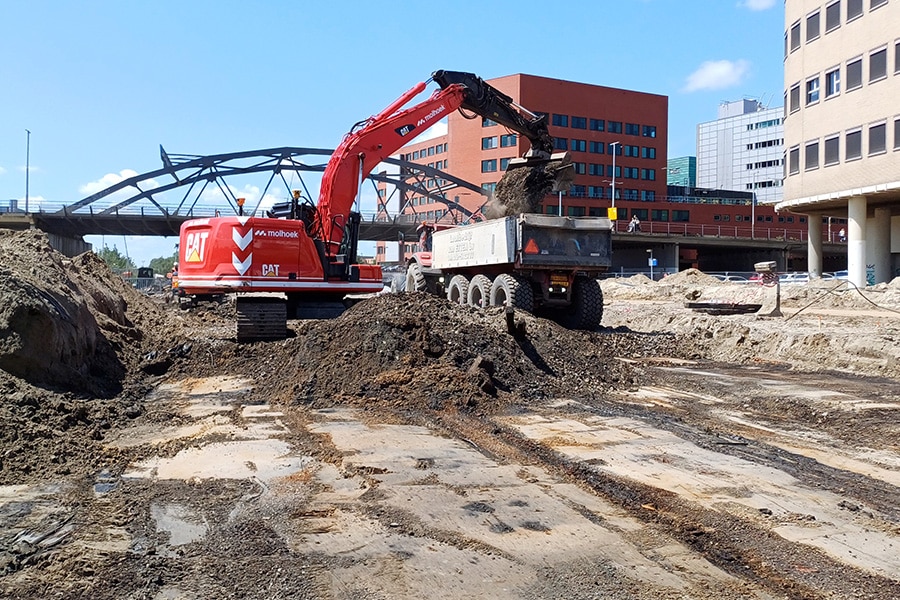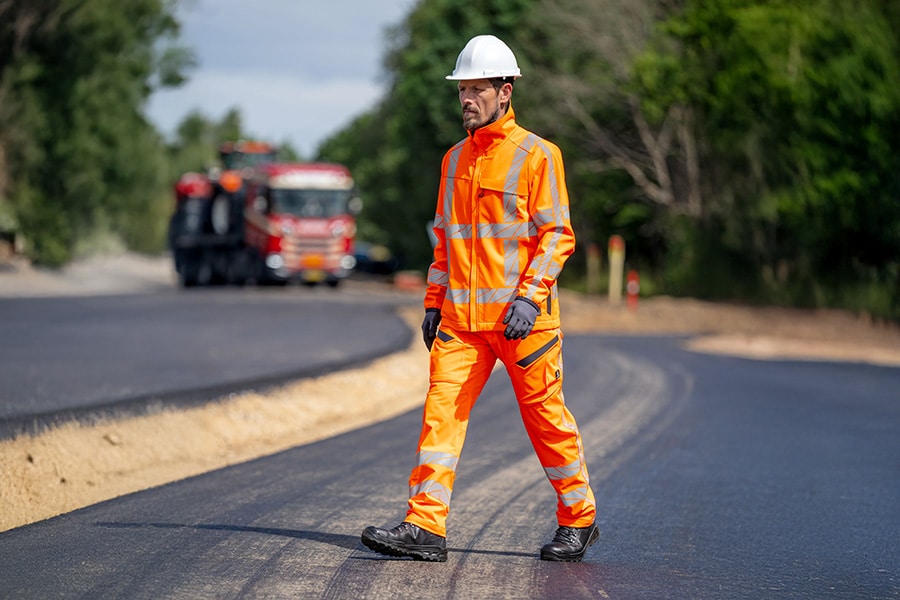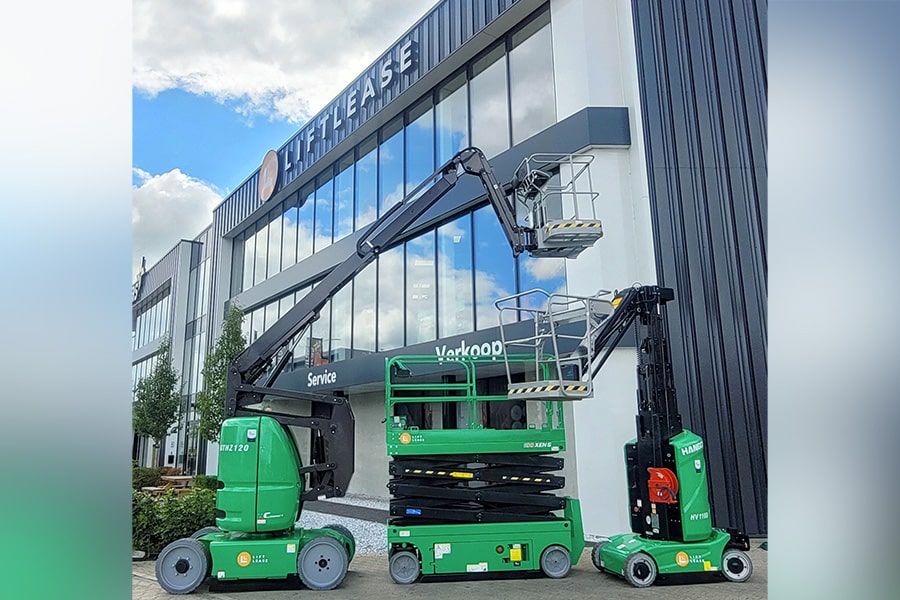
Ecological connection zones enhance natural values
In the Netherlands, a coherent network of natural areas has been under construction for many years: Natuurnetwerk Nederland (NN), consisting of nature reserves and nature development areas. Through ecological connecting zones (EVZ) these areas are connected to each other, so that the habitat of plants and animals is enlarged and the migration of species is made possible. Three new EVZs have been established in the municipality of Helmond.
Ecological connecting zones are formed by creating new nature or by strengthening existing landscape structures. Commissioned by the Municipality of Helmond and Water Board Aa and Maas, Staro Nature and Outdoors produced the design and specifications for three EVZs in 2015: the Schootense loop, Goorloop-Noord and Goorloop-Zuid. "The objective was to design the existing stream course in such a way as to make it more ecologically attractive and increase its natural values," says Karel Küsters of Staro. "Where possible, the municipality purchased additional meters of land around the stream (up to a maximum of 50 meters from the stream) and in other places we needed to make efficient use of the limited space to make it as ecologically interesting as possible."
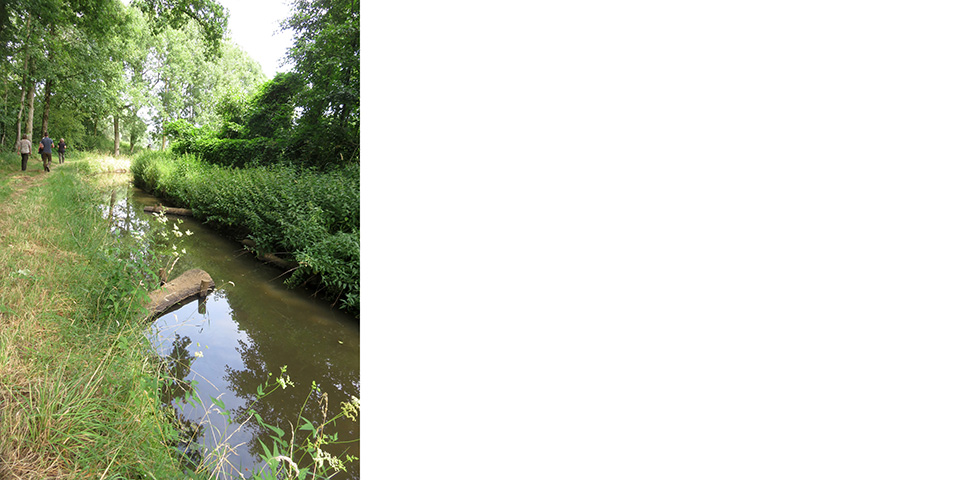
Logs and stumps increase flow dynamics and improve conditions for target species.
Stream restoration task
The Schootense loop has been addressed over a stretch of about 2 kilometers, Goorloop-Zuid over a stretch of 1.5 kilometers and Goorloop-Noord about 3.4 kilometers.
Staro translated the vision of the municipality and the water board into a concrete design plan and specifications with statement of work for the contractor. "For all three stream courses, we built stream restoration measures into the design," Küsters continues. "The approach was to slow down and sometimes even dam up the descending water in certain seasons. We did a full calculation of that and achieved it, in part, by constructing meanders and adding obstacles in the course in the form of tree trunks and stumps released elsewhere from the project. These measures increase flow dynamics and improve conditions for the intended target species."
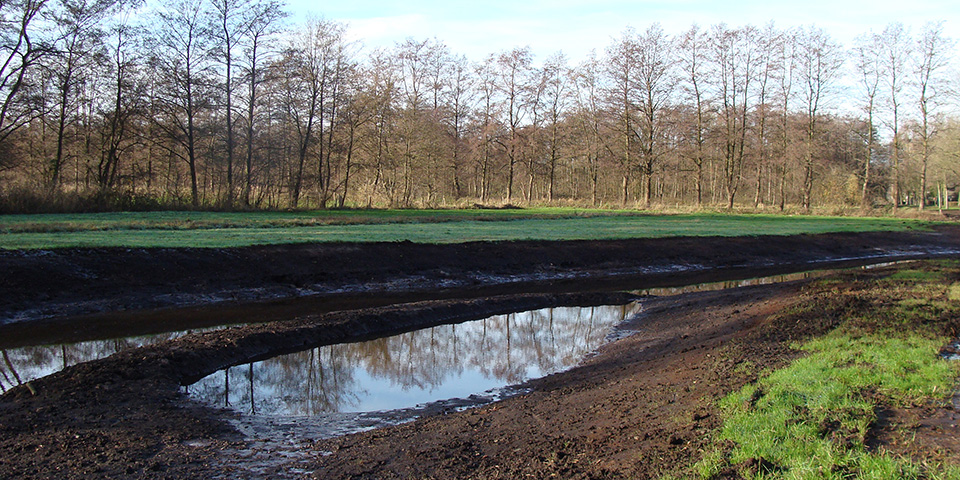
Bank pool in inside bend.
Large mud creeper
In all three streams the existing sheet piling has been removed and - where possible - the banks have been made more nature-friendly (read: flatter), so that so-called puddle marsh zones are created. Küsters: "Especially for the kingfisher, steep banks have been created in a few places. And on the Goorloop river bank pools have been created here and there in order to offer 'shelter' to the large mud creeper (a rare fish). Furthermore, some existing pools have been enlarged, bypasses dug, parts of the river dredged and trees and bushes planted. All animals and plants that are bound to the watercourse can develop more easily here. The EVZs also provide added value for larger animals, such as badgers, to move more easily from A to B."
After the tender, the contractor began the major work in early 2016 based on Staro's statement of work. Phased in chronological order, the Schootense loop, Goorloop-Zuid and Goorloop-Noord were tackled. "The statement of work also included an ecological work protocol to prevent damage to existing natural values. By now all work has been completed and it is now up to nature to develop further," Küsters concludes.
